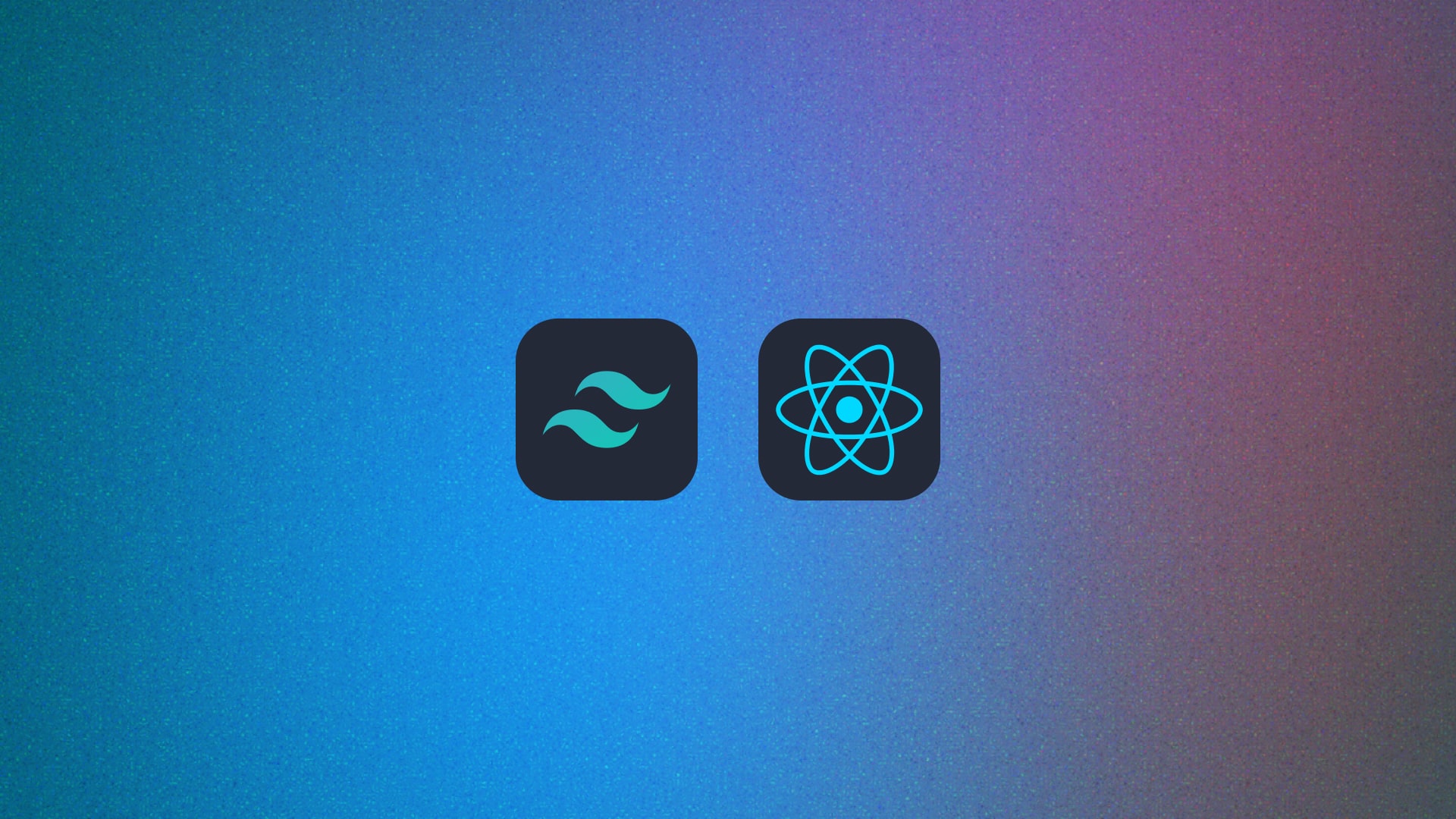
Dynamic theming can significantly enhance the user experience of your web application by allowing users to customize the look and feel to their preferences. In this tutorial, we’ll walk through the process of implementing a flexible theming system using Tailwind CSS, making it easy to switch between different color schemes on the fly.
Introduction
Congratulations on making it to the final chapter of our four-part series on setting up the the codebase for building professional-grade React applications! We’ve covered a lot of ground, and now it’s time to add that extra touch of sophistication to your project. Let’s recap our journey:
- Setting Up a React Project with TypeScript and Webpack: A Step-by-Step Guide
- Easily Setup Test Driven Development with React Testing Library and Jest
- How to Set Up Tailwind CSS with Webpack: A Step-by-Step Guide
- Mastering Dynamic Theming in Tailwind CSS: A Step-by-Step Guide (You are here)
In this grand finale, we’re taking your Tailwind CSS skills to the next level by implementing dynamic theming. You’ll learn how to create a flexible, user-centric interface that can change its entire color scheme on the fly. We’ll guide you through setting up theme switching functionality, managing color palettes with CSS variables, and integrating it all seamlessly with your React components. By the end of this tutorial, you’ll have the skills to create applications that not only look great but can adapt to user preferences in real-time. Ready to master the art of dynamic styling? Let’s make your React app shine in any color!
Step 1: Set Up Your Base Tailwind CSS Configuration
First, let’s set up our base Tailwind CSS configuration. Navigate to your project’s styles folder and open the global.css file. Add the following code:
@tailwind base;
@tailwind components;
@tailwind utilities;
/* Your base theme settings */
@layer base {
html {
--color-primary: #4285f4;
--color-secondary: #34a853;
--color-buttons: #fbbc05;
--color-typography: #ea4335;
}
}
This sets up the basic Tailwind directives and defines our default color scheme using CSS custom properties.
Step 2: Create Theme Variant Files
Next, we’ll create individual CSS files for each theme variant. In the styles/themes directory, create files for each theme you want to support. For example:
theme-uno.css:
html[data-theme="uno"] {
--color-primary: #f98866;
--color-secondary: #80bd9e;
--color-buttons: #89da59;
--color-typography: #ff320e;
}
theme-dos.css:
html[data-theme="dos"] {
--color-primary: #f4cc70;
--color-secondary: #6ab187;
--color-buttons: #de7a22;
--color-typography: #20948b;
}
Each theme file sets different values for our color custom properties when the data-theme attribute is set on the html element.
Step 3: Import Theme Variants
Now, let’s import our theme variants into the global.css file. Add the following imports below your base theme settings:
/* Your base theme settings */
@layer base {
html {
--color-primary: #4285f4;
--color-secondary: #34a853;
--color-buttons: #fbbc05;
--color-typography: #ea4335;
}
@import "themes/theme-uno.css";
@import "themes/theme-dos.css";
}
This allows us to use all of our theme variants in our project.
Step 4: Configure Tailwind
The final step is to configure Tailwind to use our CSS custom properties. Open your tailwind.config.js file and update it as follows:
/** @type {import('tailwindcss').Config} */
module.exports = {
content: ["./src/**/*.{html,js,jsx,ts,tsx}"],
theme: {
extend: {
colors: {
primary: 'var(--color-primary)',
secondary: 'var(--color-secondary)',
buttons: 'var(--color-buttons)',
typography: 'var(--color-typography)',
},
},
},
plugins: [],
}
Step 5: Implement Theme Switching Functionality
Now that we have our themes set up, let’s implement the functionality to switch between them dynamically.
Create a utility to update themes
First, we’ll create a utility function that changes the theme. Create a new file called helper.ts in your src/utils directory (or wherever you keep your utility functions) and add the following code:
// src/utils/helper.ts
export const changeTheme = (theme: string) => {
document.querySelector("html")?.setAttribute("data-theme", theme);
};
This function takes a theme string as an argument and applies it as a data-theme attribute to the HTML element. This is what triggers our theme CSS to take effect.
Create theme switching button group
Now, let’s create buttons in our component that will allow users to switch themes. Here’s an example of how you might implement this in your main page component:
// Example: src/pages/index.tsx
import { changeTheme } from "@/utils/helper";
export default function Home() {
return (
<div className='h-screen grid place-items-center bg-primary'>
<div>
<button
className='py-2 px-8 bg-buttons text-typography m-2'
onClick={() => changeTheme("")}>
Default
</button>
<button
className='py-2 px-8 bg-buttons text-typography m-2'
onClick={() => changeTheme("uno")}>
Theme Uno
</button>
<button
className='py-2 px-8 bg-buttons text-typography m-2'
onClick={() => changeTheme("dos")}>
Theme Dos
</button>
</div>
</div>
)
}
In this example, we’ve created three buttons:
- A “Default” button that sets an empty theme (reverting to our base theme)
- A “Theme Uno” button that activates our “uno” theme
- A “Theme Dos” button that activates our “dos” theme
Each button, when clicked, calls the changeTheme function with the corresponding theme name. The button styles use our theme colors (bg-buttons for background and text-typography for text color), so you’ll see these change as you switch themes.
Conclusion
You’ve now mastered the art of dynamic theming in Tailwind CSS! This powerful technique allows you to create adaptable, user-centric interfaces that can change their entire color scheme on the fly. By combining Tailwind’s utility classes with CSS custom properties and a touch of JavaScript, you’ve built a theming system that’s both flexible and performant.
As you implement this in your own projects, consider expanding beyond just colors. You could apply the same principles to typography, spacing, or even layout configurations. Remember to test your themes across different devices and in various lighting conditions to ensure accessibility and readability.
This concludes our four-part series on building a modern React application. From setting up the initial project with TypeScript and Webpack, through implementing testing practices, integrating Tailwind CSS, and finally adding dynamic theming, you now have a robust toolkit for creating sophisticated web applications. Keep exploring, keep learning, and most importantly, keep building amazing things!